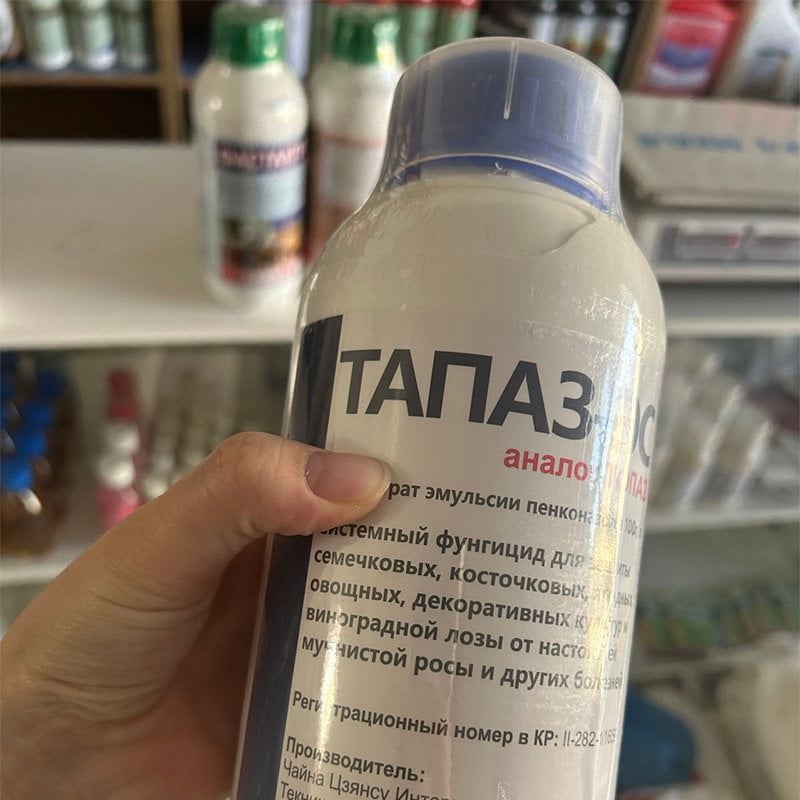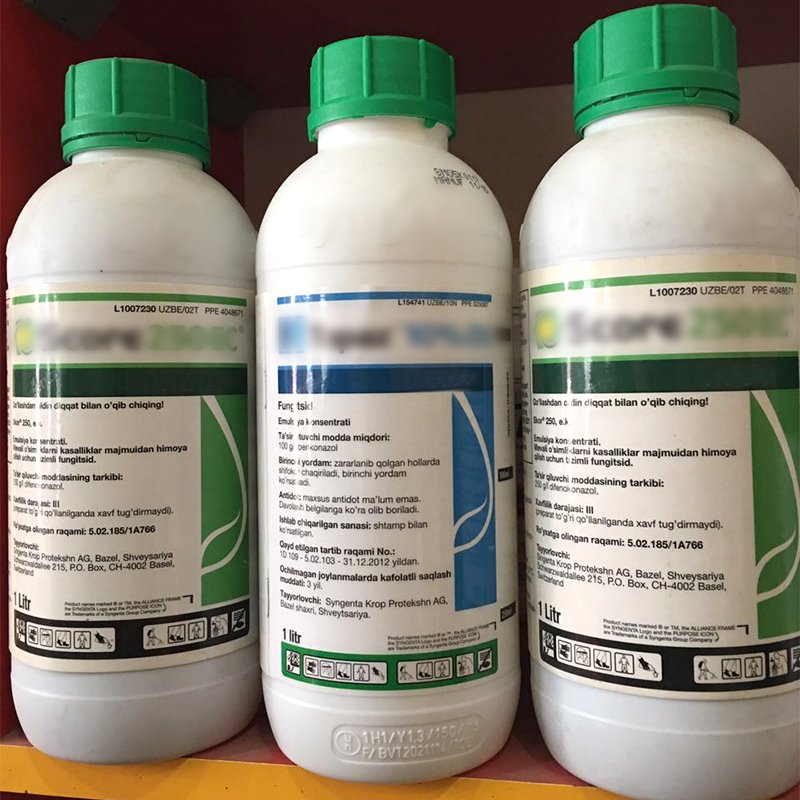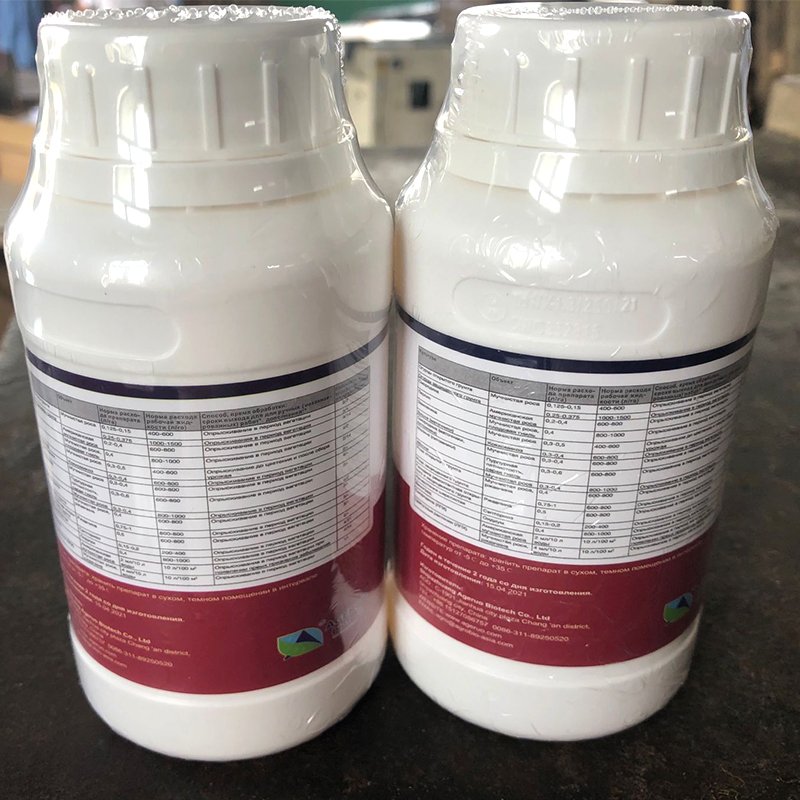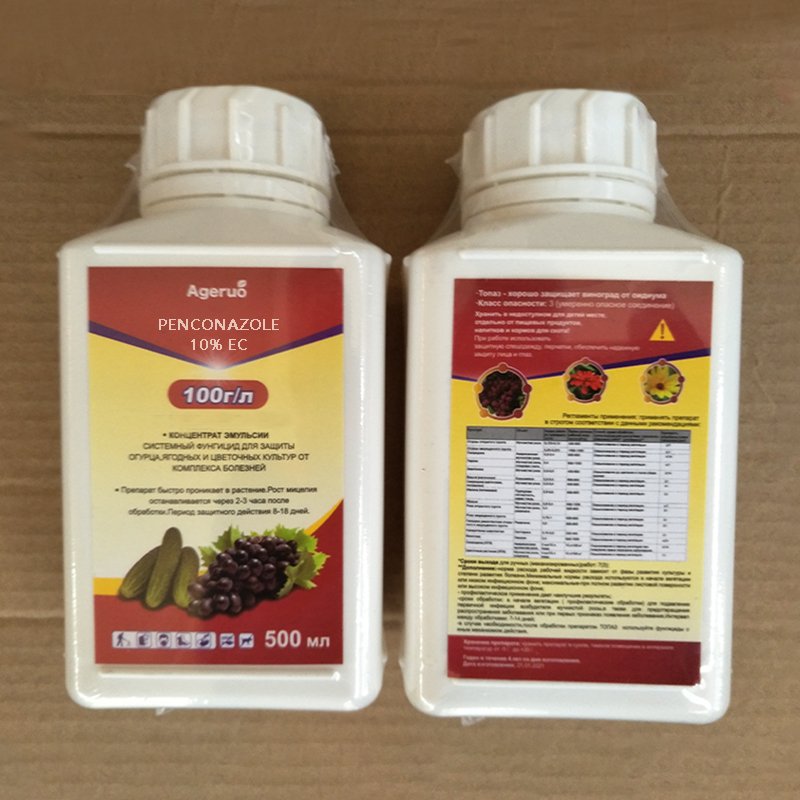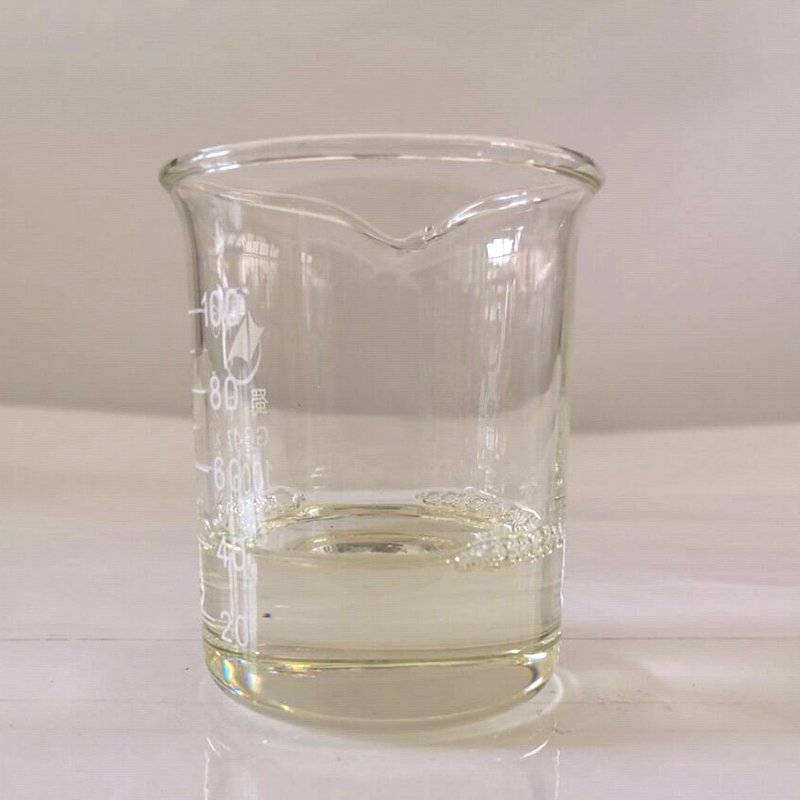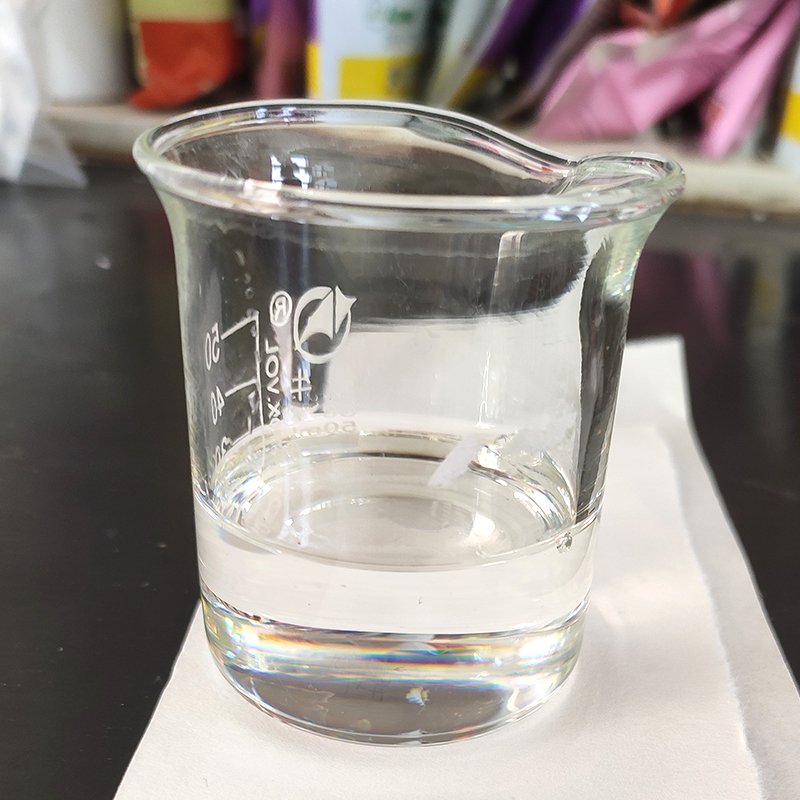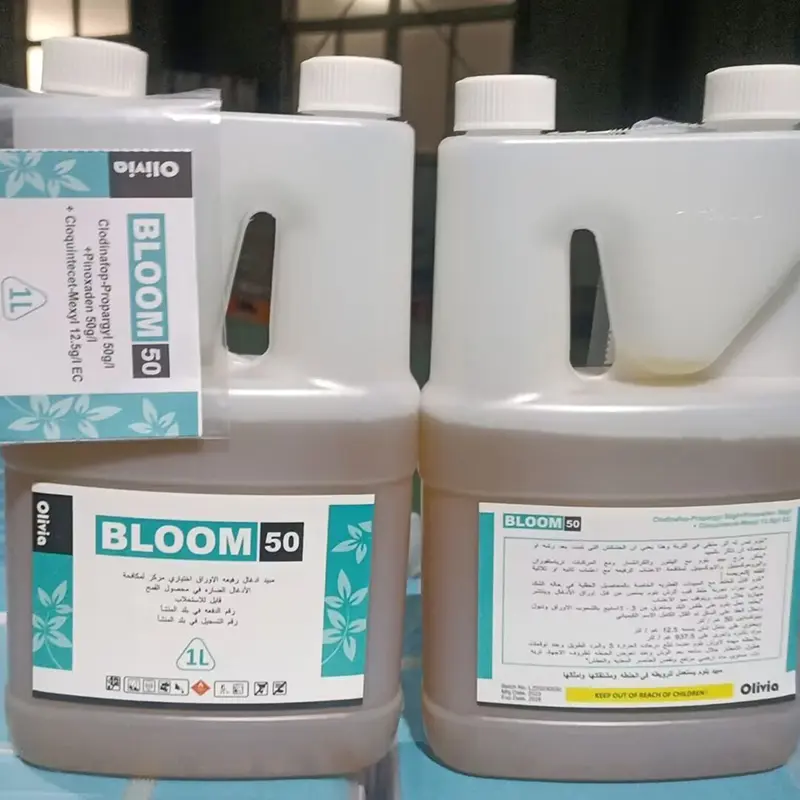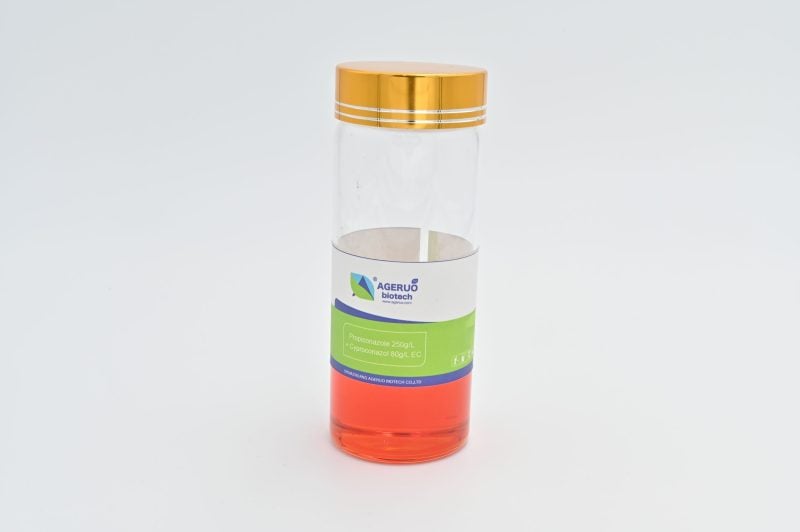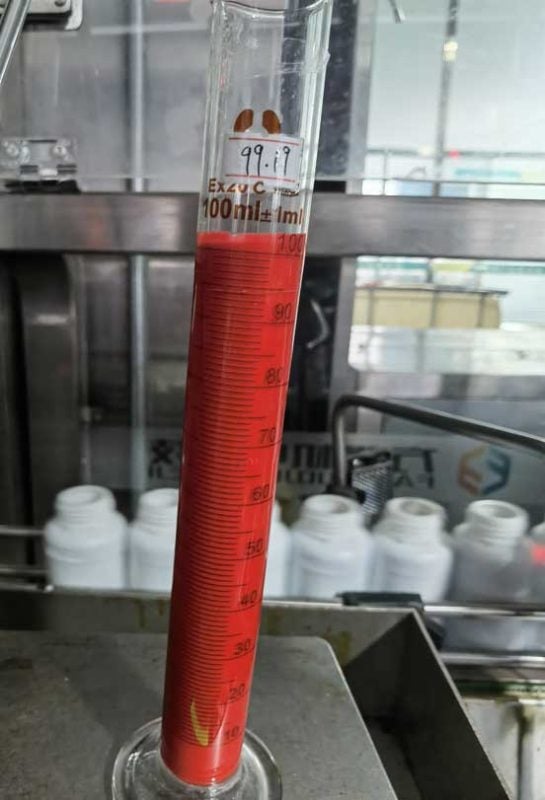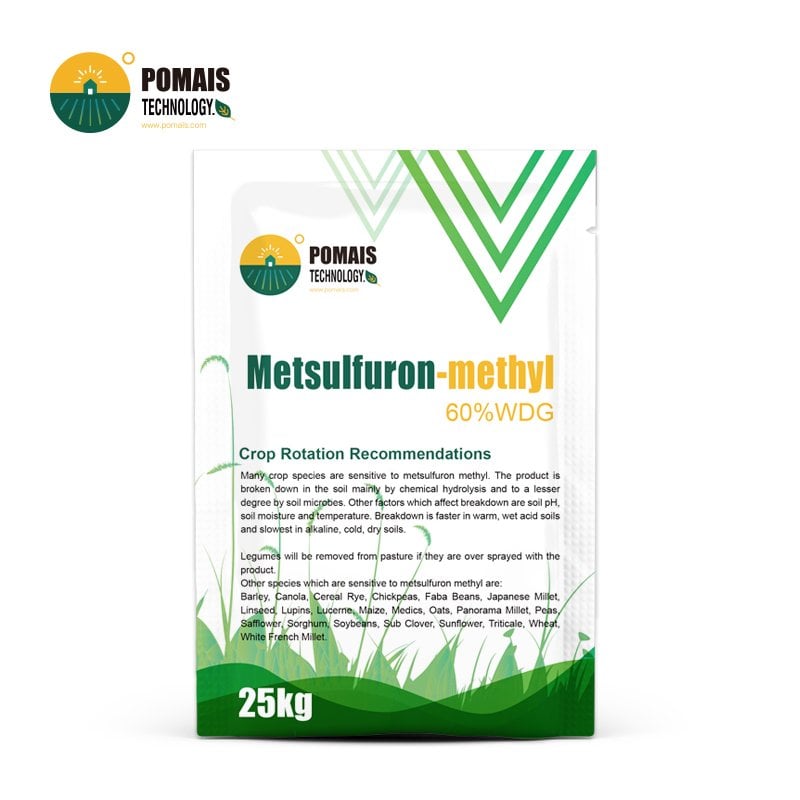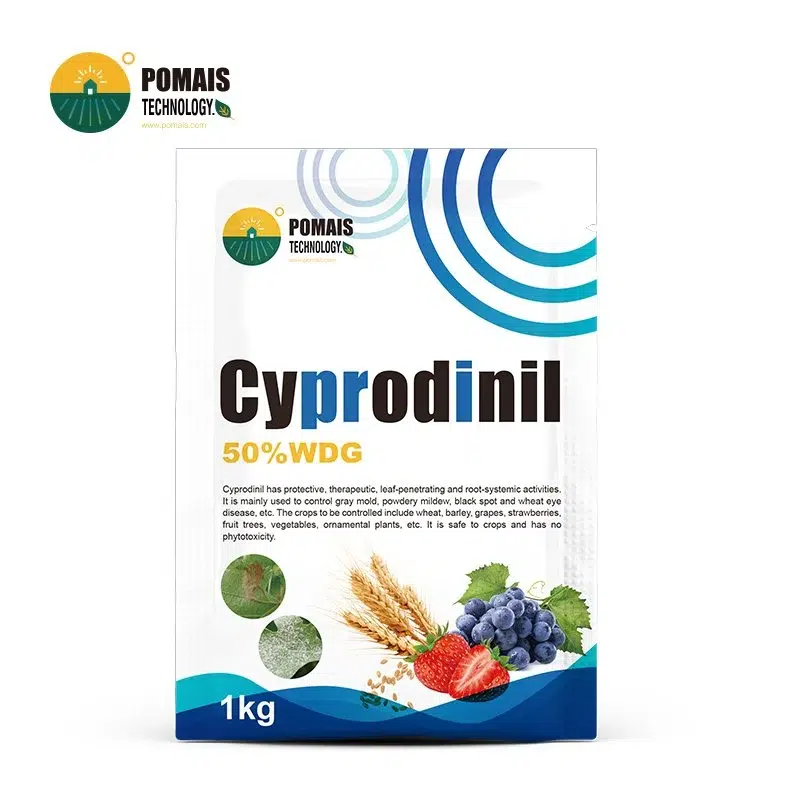Penconazole 10%EC Fungicide
Penconazole is a systemic triazole fungicide used primarily for controlling powdery mildew, rust, and leaf spot diseases in a wide range of crops such as fruit trees, grapes, and ornamental plants. It acts by inhibiting ergosterol biosynthesis in fungi, disrupting cell membrane formation and providing both preventative and curative actions.
- Designed for Professional Buyers & Bulk Orders
- This product is available for business purchase and large-scale distribution.
- We support custom packaging, labeling, and formulation to meet your market needs.
- Let’s build your brand together.

About Penconazole 10%EC Fungicide
About Penconazole 10%EC Fungicide
| Product Name | Penconazole 10% EC (Fungicide) |
|---|---|
| Active Ingredient | Penconazole |
| CAS Number | 66246-88-6 |
| Molecular Formula | C13H15Cl2N3O |
| Target Diseases | Powdery mildew, brown rot, leaf spot, rust, white rot |
| Applicable Crops | Grapes, cucumbers, watermelons, beans |
| Dosage | 2000-4000x liquid dilution; spray every 7-12 days |
| Mode of Action | Systemic fungicide; inhibits ergosterol biosynthesis in fungal cells |
| Application Method | Foliar spray during infection or after spotting |
| Benefits | Deep penetration, stable performance, effective disease control |
| Packaging Types | Available in various container sizes |
| Storage | Store in a cool, dry, ventilated area, away from fire and food |
| Safety Notes | Wear protective clothing, avoid mixing with copper-based fungicides, and keep away from water sources |
By understanding how to use Penconazole effectively, you can ensure your crops are well-protected from fungal diseases while keeping your farming practices safe and sustainable. Whether you’re a seasoned grower or new to crop protection, Penconazole provides the consistent results needed to ensure your crops thrive.
For additional information on Penconazole 10% EC or tailored advice for your specific crops, feel free to reach out. We’re here to support you with expert recommendations and high-quality products.
How Penconazole Works
Penconazole is like a seasoned bodyguard for your crops. Once applied, it gets absorbed by the plant tissue, traveling upwards or sideways to the areas most in need of protection. It targets ergosterol biosynthesis—a crucial component of the fungal cell membrane—stopping the fungus from developing further. This means that Penconazole works not only to protect your plants from future infections but also cures existing ones.
For example, imagine your grapes struggling with powdery mildew. Penconazole steps in, combats the fungus, and leaves your grapevines healthier and stronger.
Recommended Application Guidelines
Here’s how you can get the best results from Penconazole on your crops:
| Crop | Target Disease | Dosage | Application Method |
|---|---|---|---|
| Grapes | Powdery mildew | 2000-4000 times liquid dilution | Foliar spray |
| Cucumber | Mildew, Leaf spot | 2000-4000 times liquid dilution | Spray evenly |
| Watermelon | Brown rot, White rot | 2000-4000 times liquid dilution | Spray during infection |
| Beans | Rust, Leaf spot | 2000-4000 times liquid dilution | Spray after spotting |
Application Frequency: Spray once every 7-12 days, 2-3 times per season. Consistent use ensures that the fungicide maintains its protective shield around the crops.
Important Usage Notes
Here’s where your expertise as a grower comes in. Applying Penconazole isn’t just about spraying—it’s about knowing when and how to use it for maximum effect while maintaining safety:
- Timing is key: Use on grapes no more than 3 times per season, with a safety interval of 14 days between treatments. This ensures the grapes get the protection they need without overexposure.
- Safety first: When handling Penconazole, always wear protective clothing and avoid direct contact with your skin. Be mindful of where you spray—stay away from ponds, water sources, and areas with bees to avoid environmental contamination.
- Avoid mixing: Penconazole should never be mixed with copper-based fungicides, alkaline substances (like Bordeaux mixture), or other incompatible chemicals. This prevents adverse reactions that could harm your crops.
- Environmental care: After use, be sure to properly clean any equipment and avoid letting the waste liquid enter rivers, ponds, or any water systems. This protects the surrounding environment and prevents contamination.
- Health precautions: Pregnant or lactating women should not handle this product, and those with allergies should also avoid contact. In case of any adverse reactions, seek medical attention promptly.
Advantages of Penconazole
- Strong Penetration: Penconazole penetrates deeply into your crops, reaching all areas that need protection.
- Stable Performance: Its pharmacodynamic stability ensures consistent, reliable disease control over time.
- Effective Results: You’ll see a remarkable difference in how your crops resist and recover from fungal diseases.
Target Diseases and Crops
Penconazole can be used across a variety of crops including cucumbers, watermelons, beans, and chili, providing effective protection against common diseases like:
- Powdery mildew
- Brown rot
- White rot
- Rust
- Leaf spot
- Coal blight
This versatility makes Penconazole a key tool in your crop management toolkit.
Storage and Transportation
Penconazole should be stored in a dry, cool, and ventilated place, away from fire or heat. To ensure safety:
- Keep it locked and out of reach of children and animals.
- Do not store it alongside food, drinks, or other consumables.
- During transportation, ensure that the product is not exposed to moisture or high temperatures.
| Product Name | Penconazole 10% EC (Fungicide) |
|---|---|
| Active Ingredient | Penconazole |
| CAS Number | 66246-88-6 |
| Molecular Formula | C13H15Cl2N3O |
| Target Diseases | Powdery mildew, brown rot, leaf spot, rust, white rot |
| Applicable Crops | Grapes, cucumbers, watermelons, beans |
| Dosage | 2000-4000x liquid dilution; spray every 7-12 days |
| Mode of Action | Systemic fungicide; inhibits ergosterol biosynthesis in fungal cells |
| Application Method | Foliar spray during infection or after spotting |
| Benefits | Deep penetration, stable performance, effective disease control |
| Packaging Types | Available in various container sizes |
| Storage | Store in a cool, dry, ventilated area, away from fire and food |
| Safety Notes | Wear protective clothing, avoid mixing with copper-based fungicides, and keep away from water sources |
By understanding how to use Penconazole effectively, you can ensure your crops are well-protected from fungal diseases while keeping your farming practices safe and sustainable. Whether you’re a seasoned grower or new to crop protection, Penconazole provides the consistent results needed to ensure your crops thrive.
For additional information on Penconazole 10% EC or tailored advice for your specific crops, feel free to reach out. We’re here to support you with expert recommendations and high-quality products.
How Penconazole Works
Penconazole is like a seasoned bodyguard for your crops. Once applied, it gets absorbed by the plant tissue, traveling upwards or sideways to the areas most in need of protection. It targets ergosterol biosynthesis—a crucial component of the fungal cell membrane—stopping the fungus from developing further. This means that Penconazole works not only to protect your plants from future infections but also cures existing ones.
For example, imagine your grapes struggling with powdery mildew. Penconazole steps in, combats the fungus, and leaves your grapevines healthier and stronger.
Recommended Application Guidelines
Here’s how you can get the best results from Penconazole on your crops:
| Crop | Target Disease | Dosage | Application Method |
|---|---|---|---|
| Grapes | Powdery mildew | 2000-4000 times liquid dilution | Foliar spray |
| Cucumber | Mildew, Leaf spot | 2000-4000 times liquid dilution | Spray evenly |
| Watermelon | Brown rot, White rot | 2000-4000 times liquid dilution | Spray during infection |
| Beans | Rust, Leaf spot | 2000-4000 times liquid dilution | Spray after spotting |
Application Frequency: Spray once every 7-12 days, 2-3 times per season. Consistent use ensures that the fungicide maintains its protective shield around the crops.
Important Usage Notes
Here’s where your expertise as a grower comes in. Applying Penconazole isn’t just about spraying—it’s about knowing when and how to use it for maximum effect while maintaining safety:
- Timing is key: Use on grapes no more than 3 times per season, with a safety interval of 14 days between treatments. This ensures the grapes get the protection they need without overexposure.
- Safety first: When handling Penconazole, always wear protective clothing and avoid direct contact with your skin. Be mindful of where you spray—stay away from ponds, water sources, and areas with bees to avoid environmental contamination.
- Avoid mixing: Penconazole should never be mixed with copper-based fungicides, alkaline substances (like Bordeaux mixture), or other incompatible chemicals. This prevents adverse reactions that could harm your crops.
- Environmental care: After use, be sure to properly clean any equipment and avoid letting the waste liquid enter rivers, ponds, or any water systems. This protects the surrounding environment and prevents contamination.
- Health precautions: Pregnant or lactating women should not handle this product, and those with allergies should also avoid contact. In case of any adverse reactions, seek medical attention promptly.
Advantages of Penconazole
- Strong Penetration: Penconazole penetrates deeply into your crops, reaching all areas that need protection.
- Stable Performance: Its pharmacodynamic stability ensures consistent, reliable disease control over time.
- Effective Results: You’ll see a remarkable difference in how your crops resist and recover from fungal diseases.
Target Diseases and Crops
Penconazole can be used across a variety of crops including cucumbers, watermelons, beans, and chili, providing effective protection against common diseases like:
- Powdery mildew
- Brown rot
- White rot
- Rust
- Leaf spot
- Coal blight
This versatility makes Penconazole a key tool in your crop management toolkit.
Storage and Transportation
Penconazole should be stored in a dry, cool, and ventilated place, away from fire or heat. To ensure safety:
- Keep it locked and out of reach of children and animals.
- Do not store it alongside food, drinks, or other consumables.
- During transportation, ensure that the product is not exposed to moisture or high temperatures.
Related Products
Latest News

